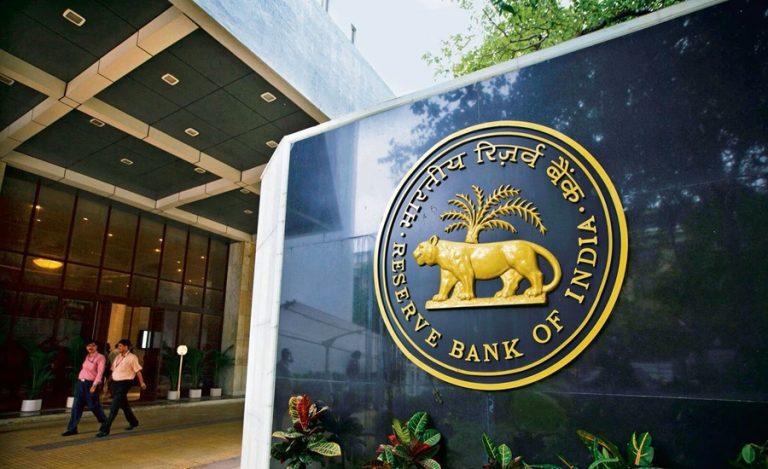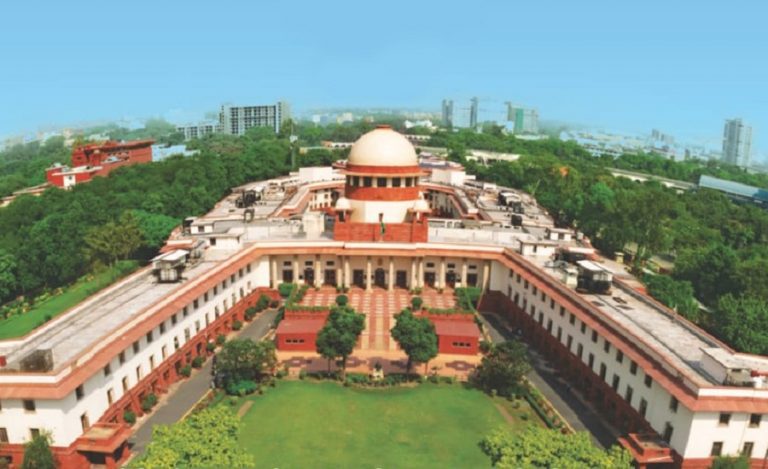New Delhi: The Ministry of Finance held a review meeting with the heads of public sector banks (PSBs) on Wednesday to assess their financial performance for the first quarter of FY 2025–26. The meeting, chaired by Financial Services Secretary M. Nagaraju, lasted three hours and focused on profitability, growth trends, and future credit expansion.
Emphasis on Productive Sector Lending
During the meeting, Secretary Nagaraju urged the MDs and CEOs of PSBs to enhance lending towards the productive sectors of the economy. This direction comes amid steady profit growth reported by state-owned banks in the April–June quarter.
Led by the State Bank of India (SBI), public sector banks collectively posted a record profit of ₹44,218 crore in Q1 FY26, reflecting 11 percent year-on-year growth. In the same quarter of FY25, PSBs had reported ₹39,974 crore in profit, marking an absolute increase of ₹4,244 crore.
SBI Leads with Strong Performance
SBI remained the top performer, contributing 43 percent of the total Q1 earnings. The bank posted a net profit of ₹19,160 crore, 12 percent higher than the previous year’s corresponding quarter. With this, SBI continues to dominate the Indian banking sector in both size and profitability.
Chennai-based Indian Overseas Bank recorded the highest percentage growth among PSBs, with a 76 percent rise in net profit to ₹1,111 crore. Punjab & Sind Bank followed with a 48 percent increase, reporting ₹269 crore in profit.
Mixed Results Among Other PSBs
Not all PSBs witnessed profit growth. Punjab National Bank (PNB) registered a sharp 48 percent decline in net profit, falling to ₹1,675 crore compared to ₹3,252 crore a year ago.
Meanwhile, Central Bank of India reported a 32.8 percent growth in quarterly profit to ₹1,169 crore. Indian Bank recorded a 23.7 percent rise to ₹2,973 crore, while Bank of Maharashtra achieved a 23.2 percent increase, reaching ₹1,593 crore.
About the Ministry of Finance
The Ministry of Finance, headquartered in New Delhi, is responsible for managing the Union Government’s economic policies, public finance, and banking sector regulations. It plays a crucial role in shaping fiscal strategy and ensuring the stability of India’s financial system.
Also Read: Indian Army Renews MoU with Punjab & Sind Bank to Extend Banking and Insurance Benefits till 2028




























